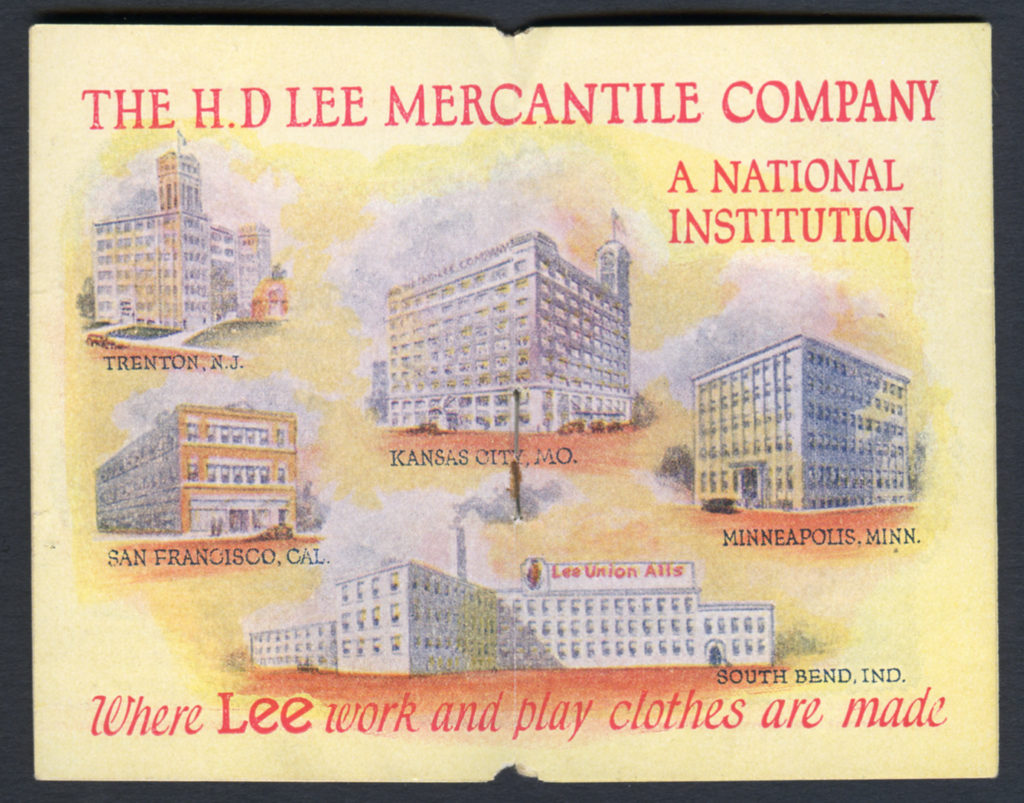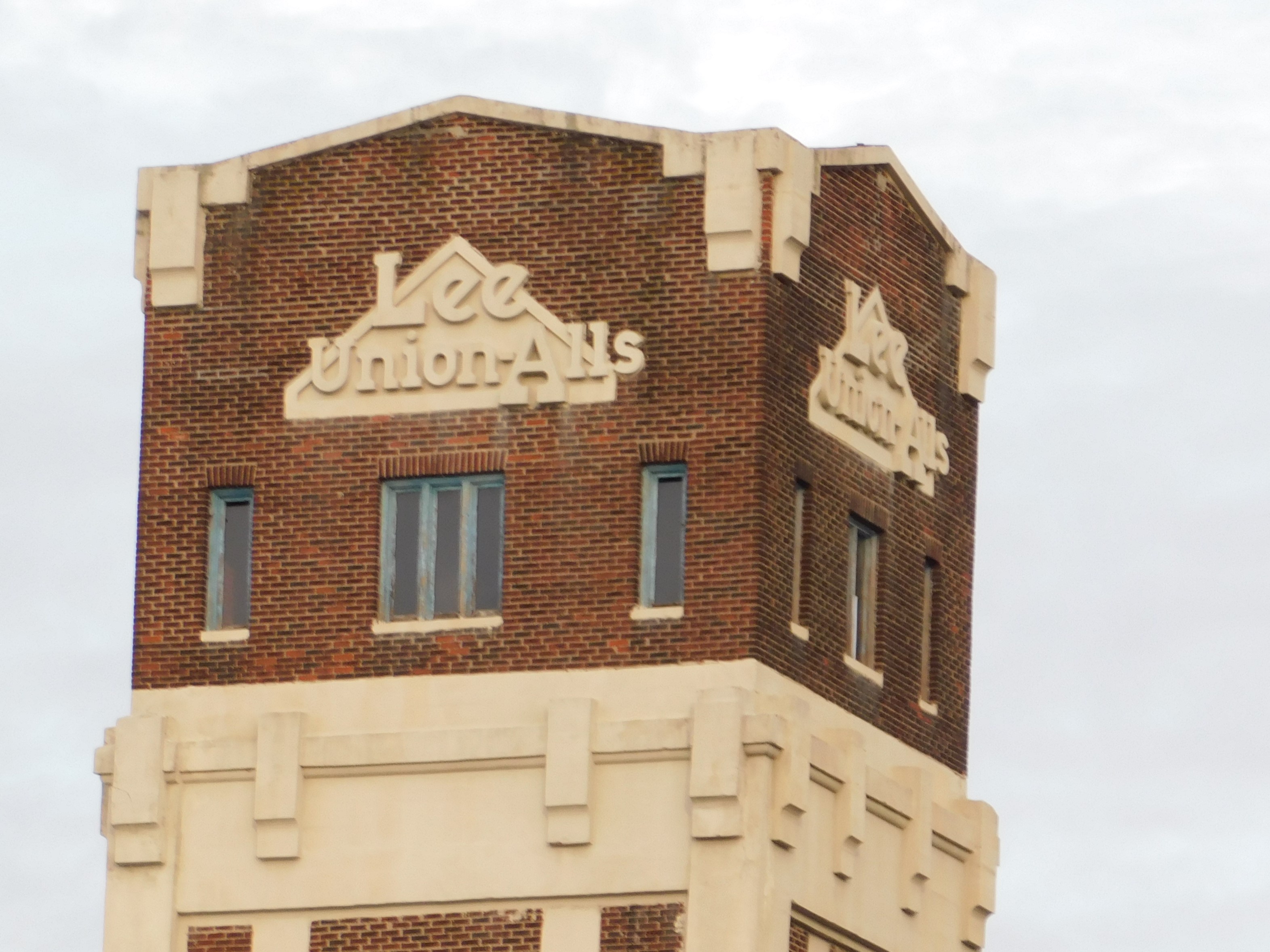David Murrell on everything that’s not being done for the Philadelphia birthplace of the United States:
Category: History
Cadwalader Park Natural Area
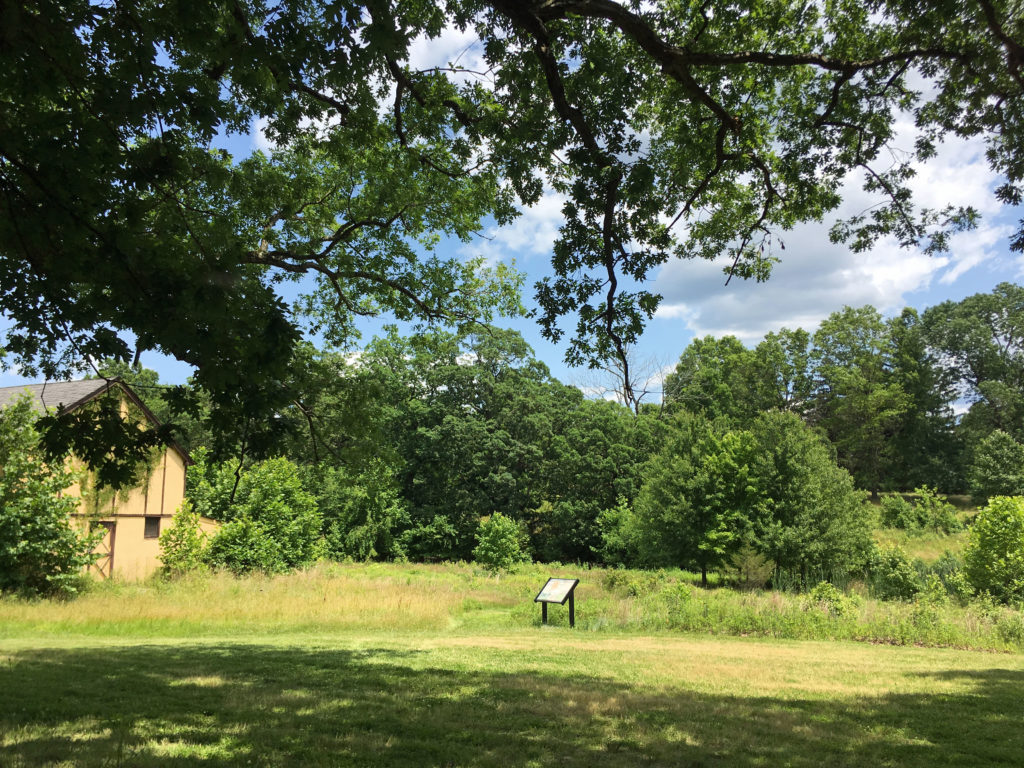
Cadwalader Park was created by the city of Trenton in 1888 from land previously owned by Dr.Thomas Cadwalader. In 1890, Frederick Law Olmstead (best known for designing New York City’s Central Park) was hired to create a design for Trenton’s new park.
Prior to Olmstead’s involvement, the city had already started displaying animals in a “zoological garden.” After Trenton dropped Olmstead’s firm for financial reasons, the city added a deer paddock–which Olmstead opposed–on the west side of the park. Olmstead had other plans for that area, called the Western Ravine:
In the broader wooded valley at the west end of the park, Olmsted planned a series of pools that was reminiscent of the Pool and Loch of upper Central Park…The Preliminary Plan of 1891 shows most of the Ravine taken up by five naturalistic pools…with a connecting stream. The three lower pools are shown surrounded with dense vegetation, while the borders of the two upper pools are somewhat more open and more visible from the adjoining meadow areas. These upper pools have four beach areas where the nearby path expands to form a shallow wading area.
Cadwalader Park Master Plan, 1998
Much of Olmstead’s plan was not constructed, and many modifications to the design were made the city. A deer paddock was built in 1895, and a sheep house and elk house were also added. By 1906, the park zoo included not only nine fallow deer, but over a dozen other types of animals, including coyotes, alligators, bears, monkeys, and a kangaroo. Two animal barns were added in the western ravine, which are still standing.


The park declined in the 1970s (although the city’s museum, Ellarslie, was created in 1978 in the former monkey house). Deer were kept in the paddock until about ten years ago. As part of a master plan to restore Cadwalader Park, The D&R Greenway Land Trust, the City of Trenton, and several other partners united to restore the paddock area to a more natural meadow and wetland environment. Where once captive deer lived behind a fence, white-tailed deer now run wild.

So the Man behind the Salisbury Steak is from Upstate New York
Salisbury steak: not just a hamburger without a bun. The inventor was James Henry Salisbury and he was born in Cortland County, NY. The details are at Exploring Upstate.

Louis Sullivan’s Jewel Box in Grinnell
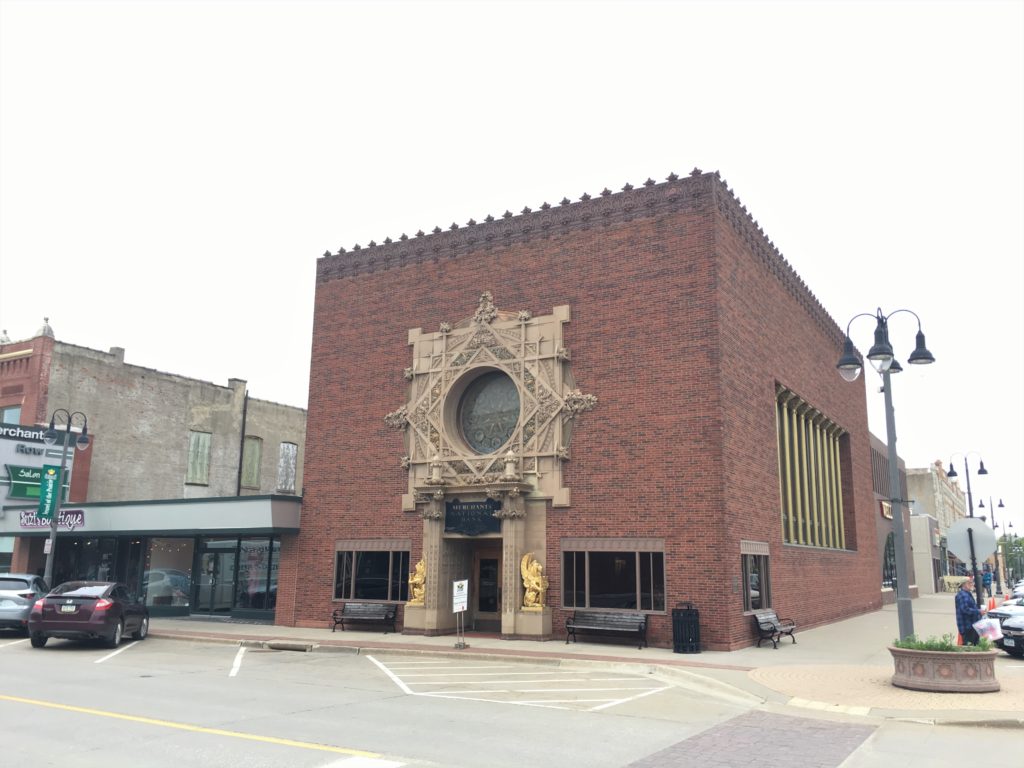
The Merchants National Bank building in Grinnell, Iowa, also known as the Jewel Box, was designed by famed architect Louis Sullivan late in his career and built in 1914. Used as a bank for over 80 years, it now serves as the visitors’ center for the town. The building is a National Historic Landmark and part of the Grinnell Historic Commercial District.
Early Images of the Classical World: Daguerreotypes of the Monumental Journey

Olympieion, Athens, Viewed from the East, 1842. Joseph-Philibert Girault de Prangey. Source: Metropolitan Museum of Art/Qatar Museum Collections (IM.314)
In the 1840s, Joseph-Philibert Girault de Prangey, a French photographer and architectural historian, took thousands of photographic images of monuments of Greece, Italy, Egypt, and other countries during a three-year long trip around the Mediterranean. The daguerrotypes he produced are the oldest known surviving photos of these locations.
“The Wife of my Youth”
This 19th century graveyard monument in Mercer Cemetery engraved to “The Wife of My Youth” first makes you wonder what kind of monument the wife of his dotage got. But the phrase is from the Old Testament of the Bible:
Let thy fountain be blessed: and rejoice with the wife of thy youth.
Proverbs 5:18


Mercer Cemetery
The Mercer Cemetery in Trenton, NJ, was created in the 1840s. There were few new internments after the 1930s. Unlike the Riverview Cemetery, which is still active, no one has been buried in Mercer since 1973. In the 1990s, the city spruced up the cemetery, but it became neglected, landscaping and maintenance was deferred, and conditions within the cemetery deteriorated. Fortunately, Trenton is now looking to rehabilitate the Mercer cemetery, beginning with a recent volunteer cleanup effort.
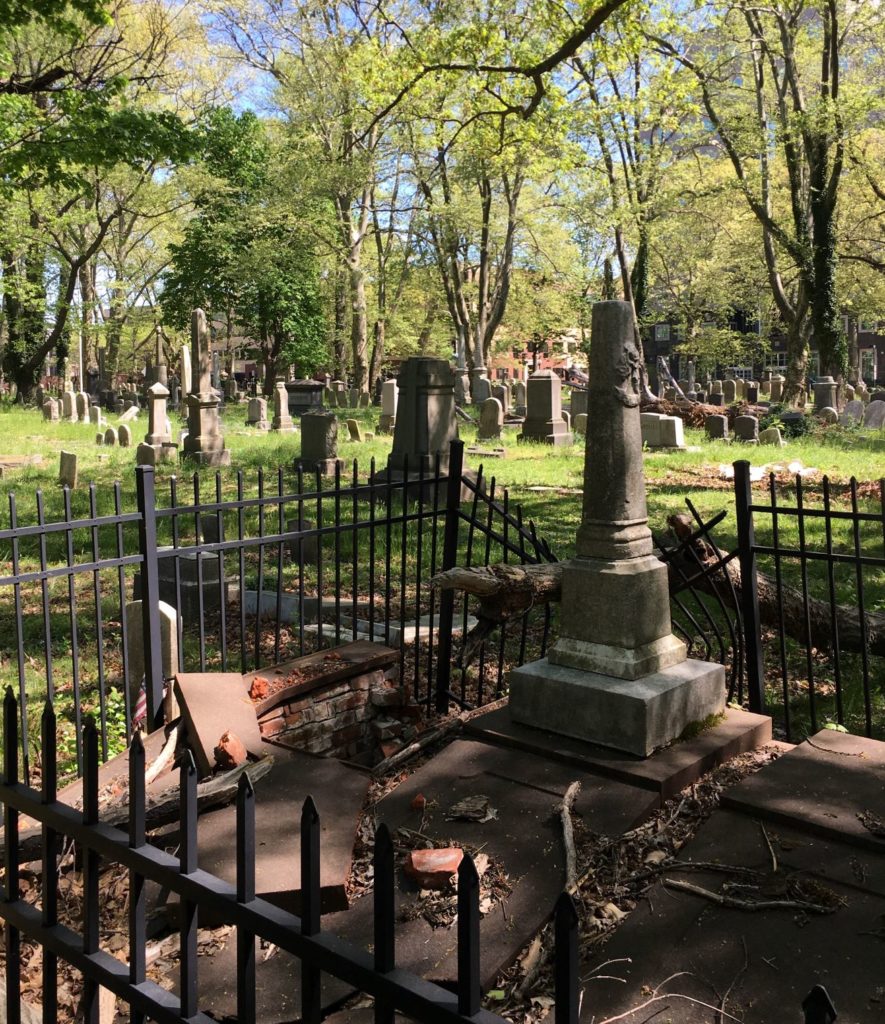
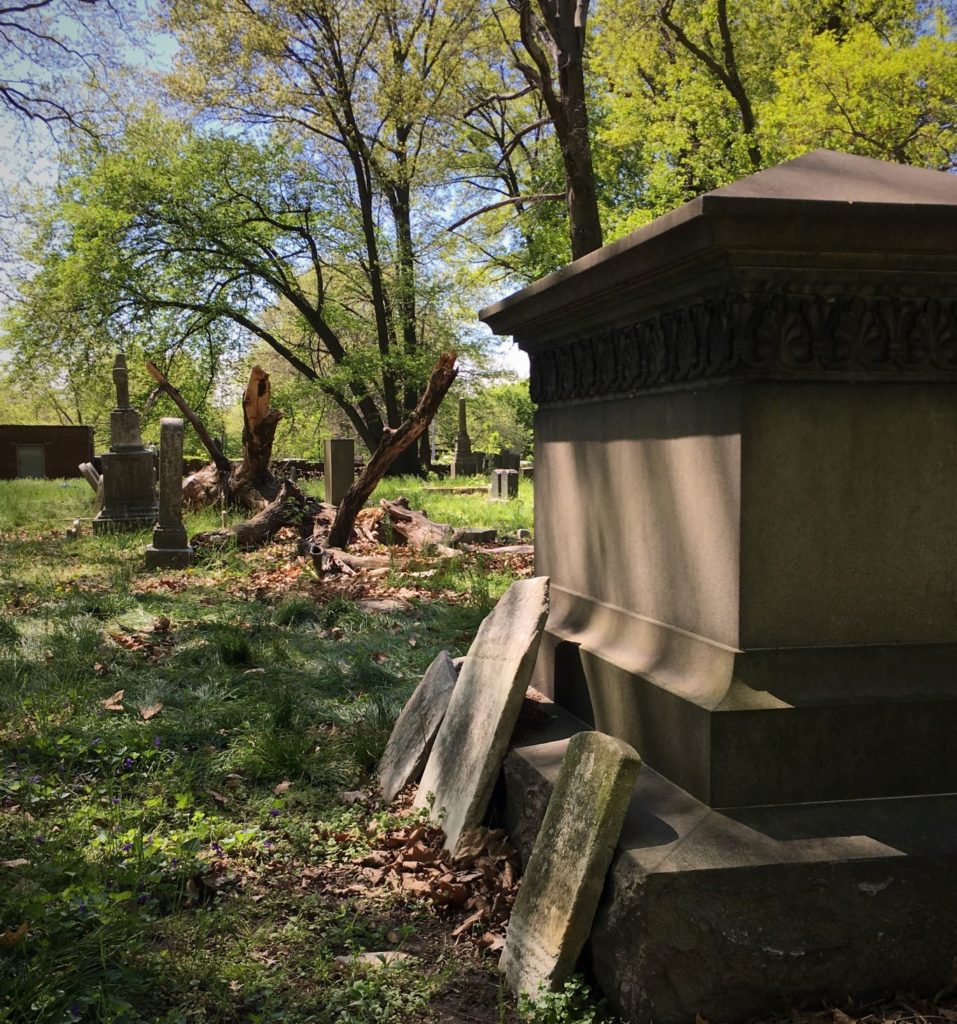
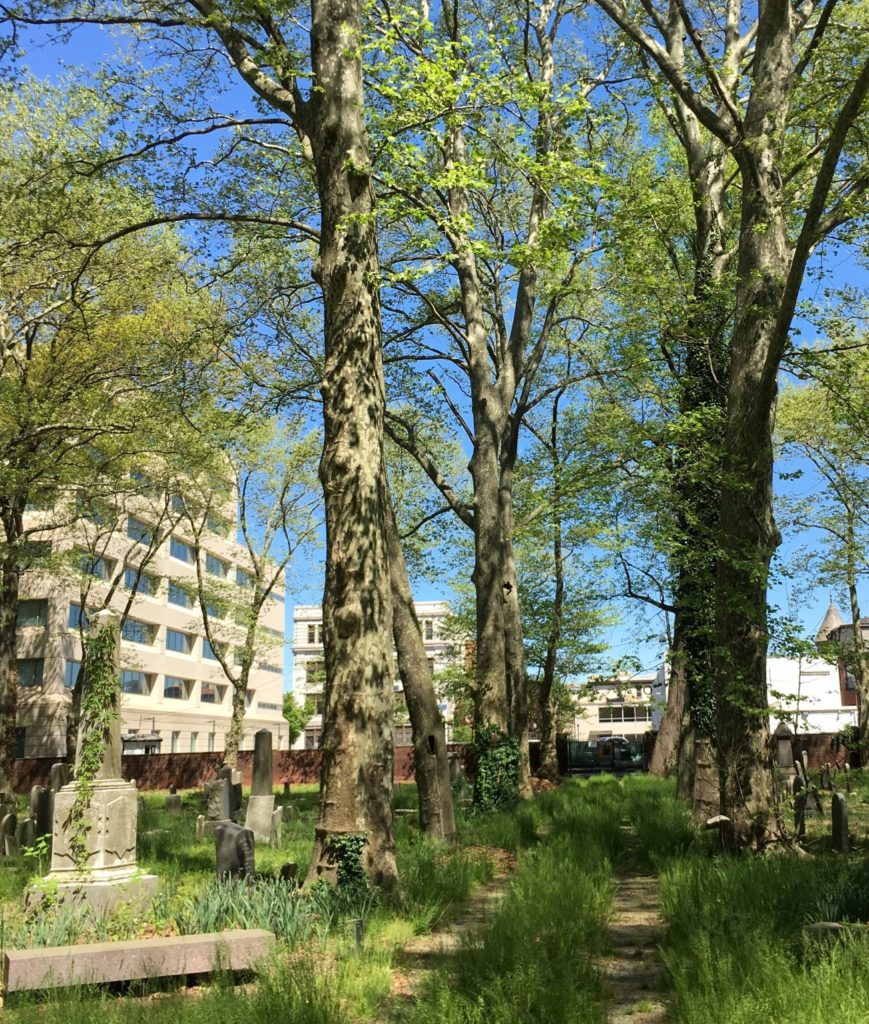
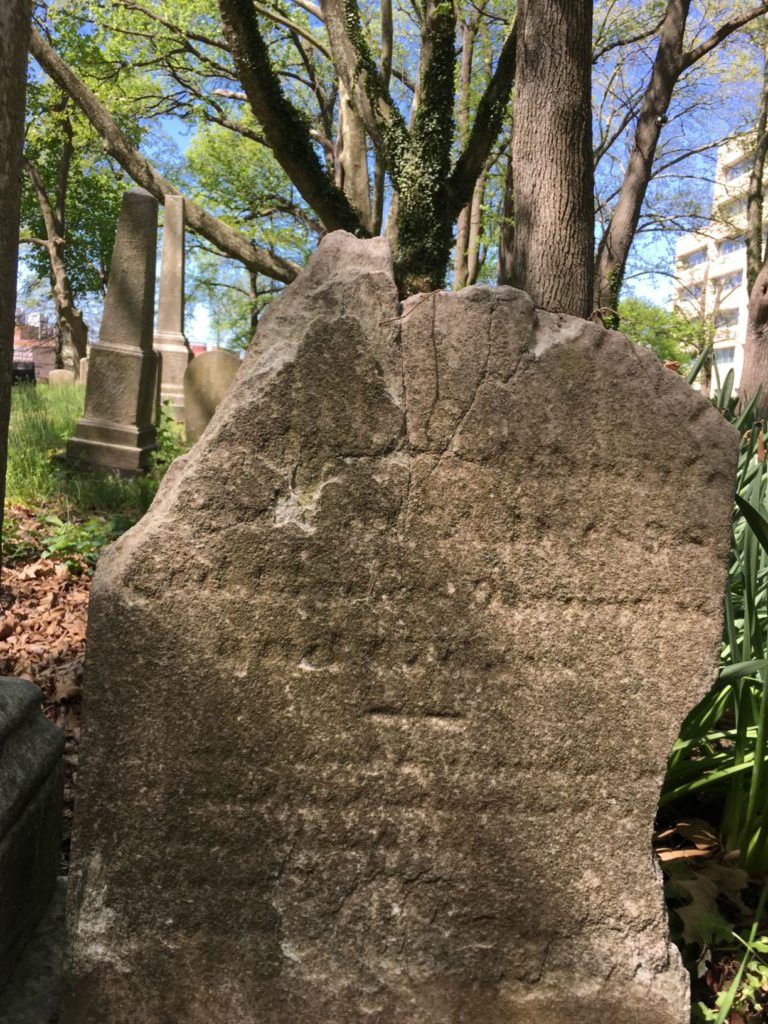
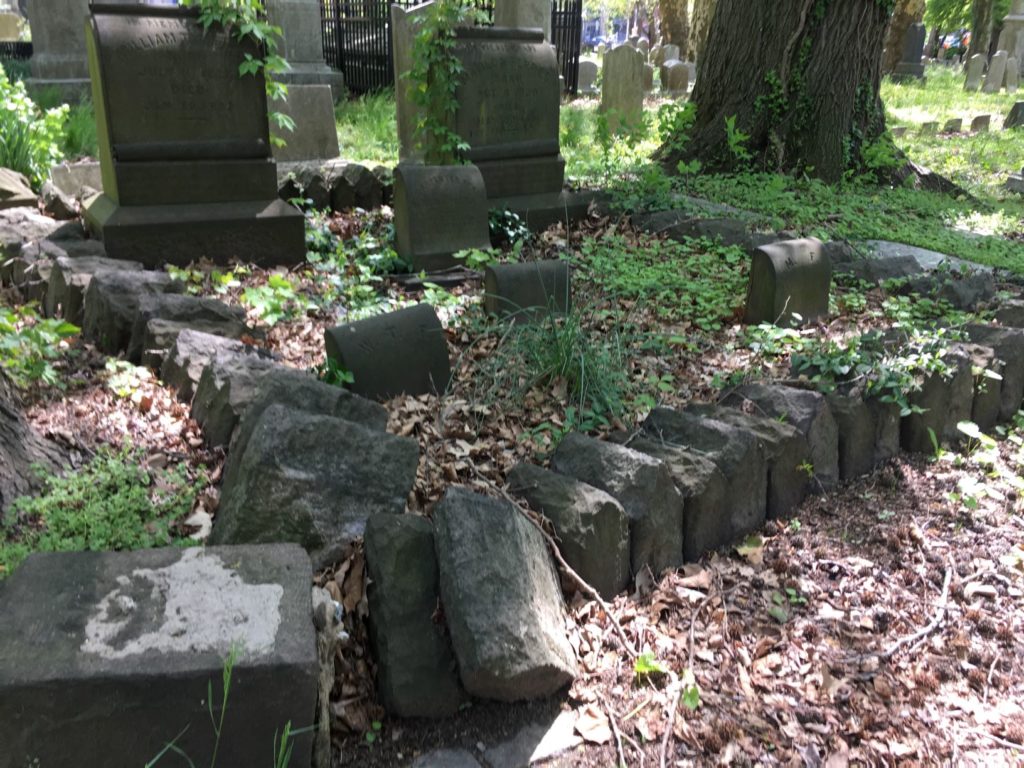
How did Lamoka Lake get its name?
Lamoka is a word that you don’t see used much other than for the lake itself, and the prehistoric archaeological culture found along its shores. Does anyone know where its name came from?
On early maps, including the 1829 Atlas of New York and the 1869 New Map of the State of New York, Lamoka is named Mud Lake, and Waneta Lake to the north is called Little Lake. By 1874, in an atlas of Schuyler County (see more of the 1874 Atlas here), Lamoka Lake appears on the map, although Little Lake is still used for Waneta. In the 1879 book History of Tioga, Chemung, Tompkins and Schuyler Counties, New York, “Lamoka” is used repeatedly, and Little Lake has become “Wanetta.”
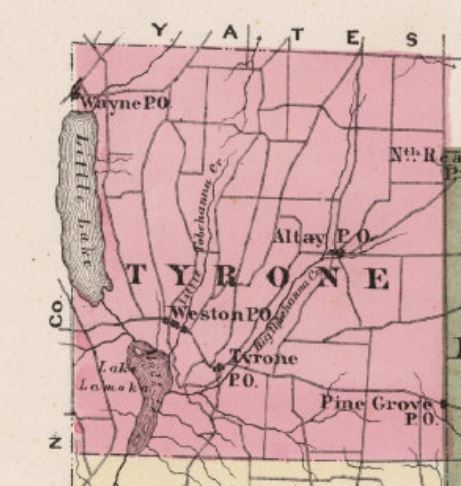
I’m not surprised they changed the name – there are at least 30 other Mud lakes in New York, and Lamoka has a nice sound to it—but I’d like to know where they got the name from.
If anybody knows, or has any clues, please leave a comment!
Canal Bridgetender’s Houses
These three small houses are located along the Delaware and Raritan Canal in Trenton, where movable bridges formerly crossed the canal. Houses were provided so the bridgetenders were always available to swing the bridge out of the way as a canal barge passed through.
The Hanover Street house was renovated when Thomas Edison State College built the large building that partially surrounds it. The Calhoun Street house appears to be stabilized, while the Prospect Street house looks occupied.
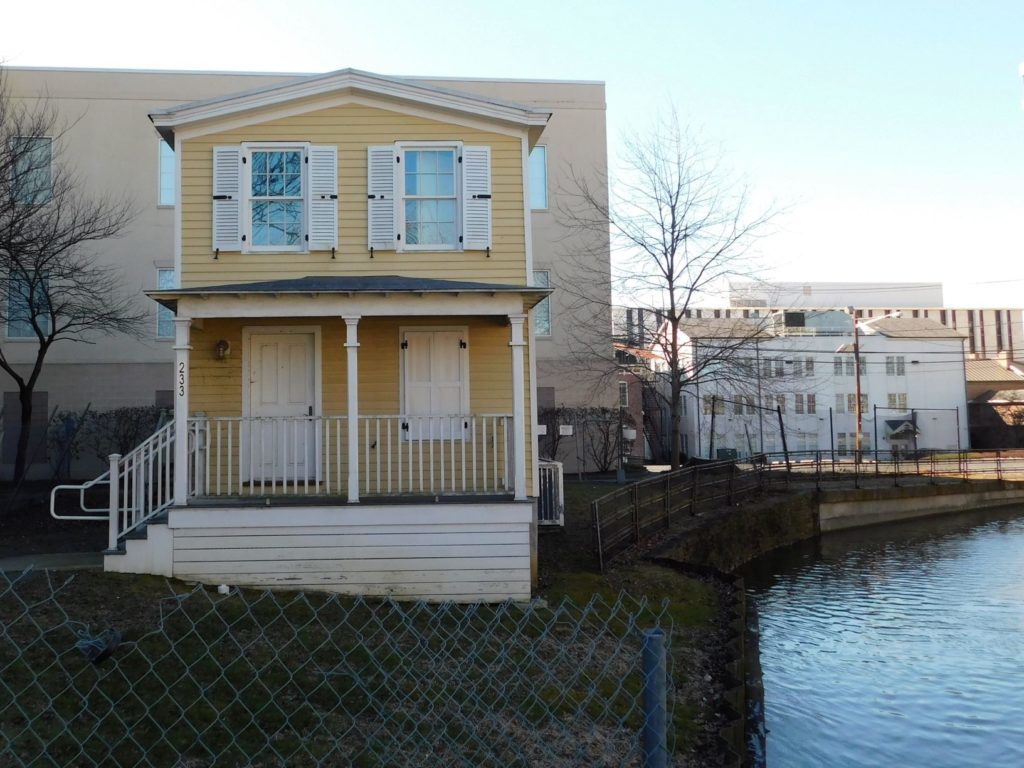
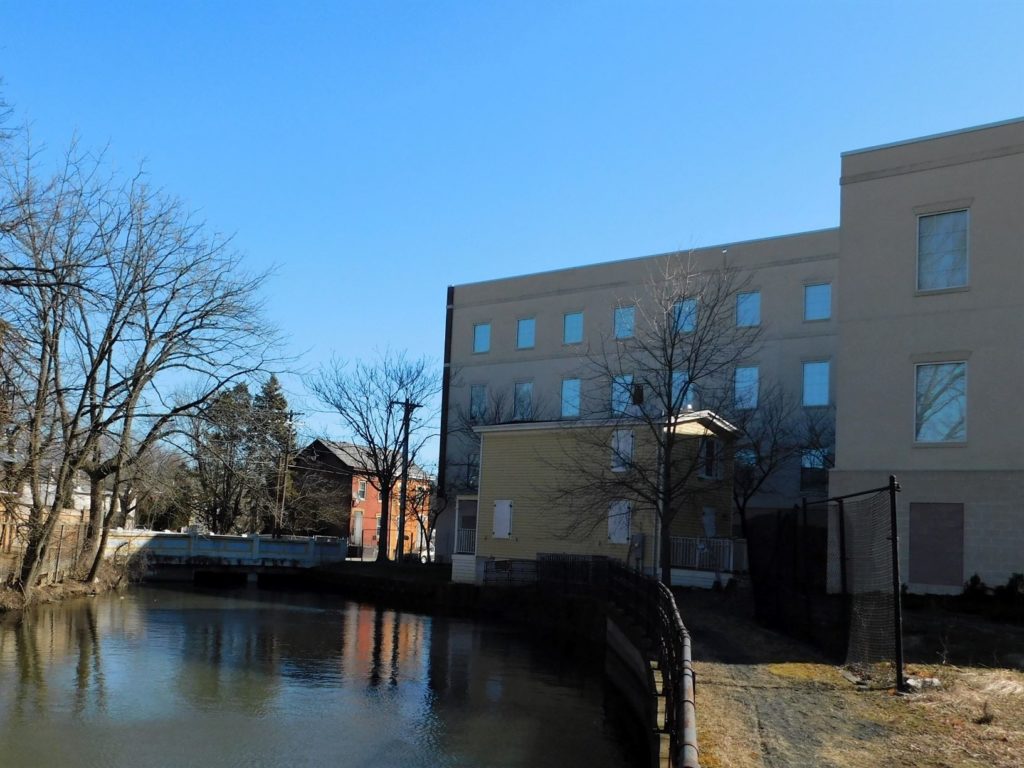
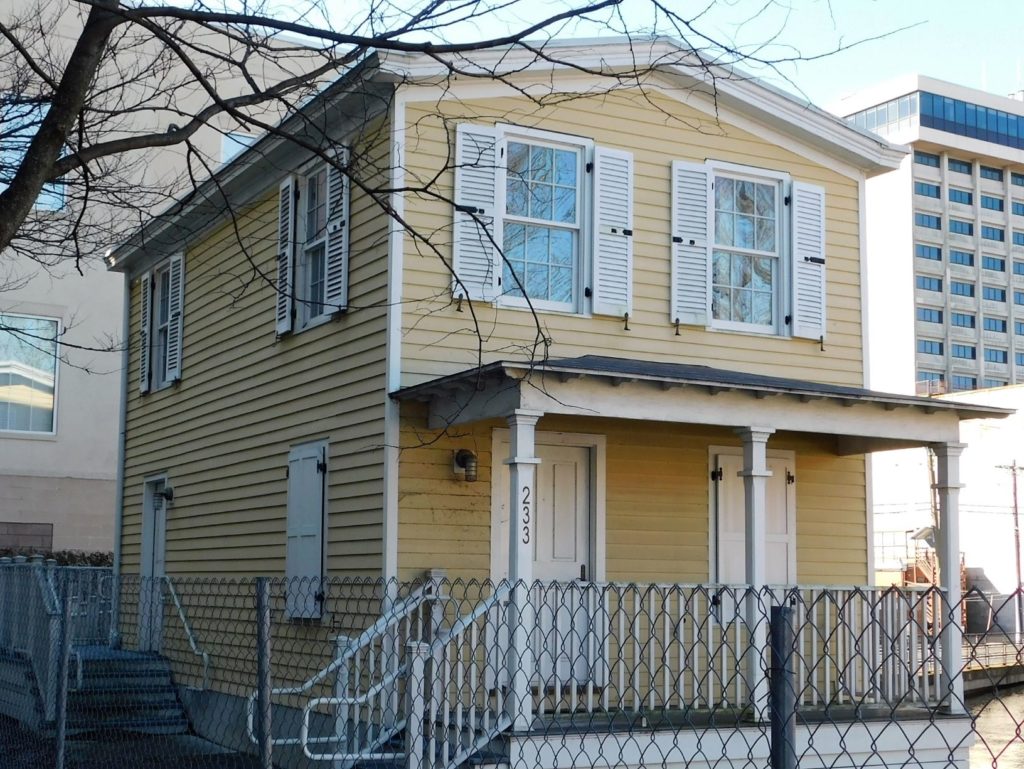
Hanover Street Bridgetender’s House. Source: TCM
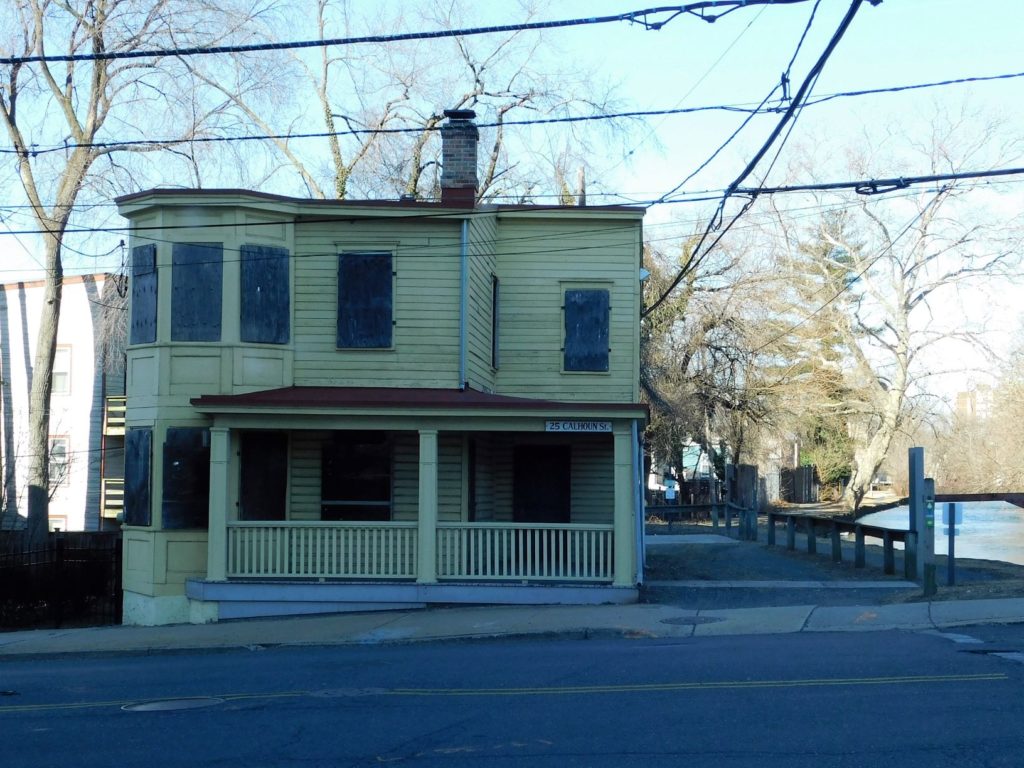
Calhoun Street Bridgetender’s House. Source: TCM
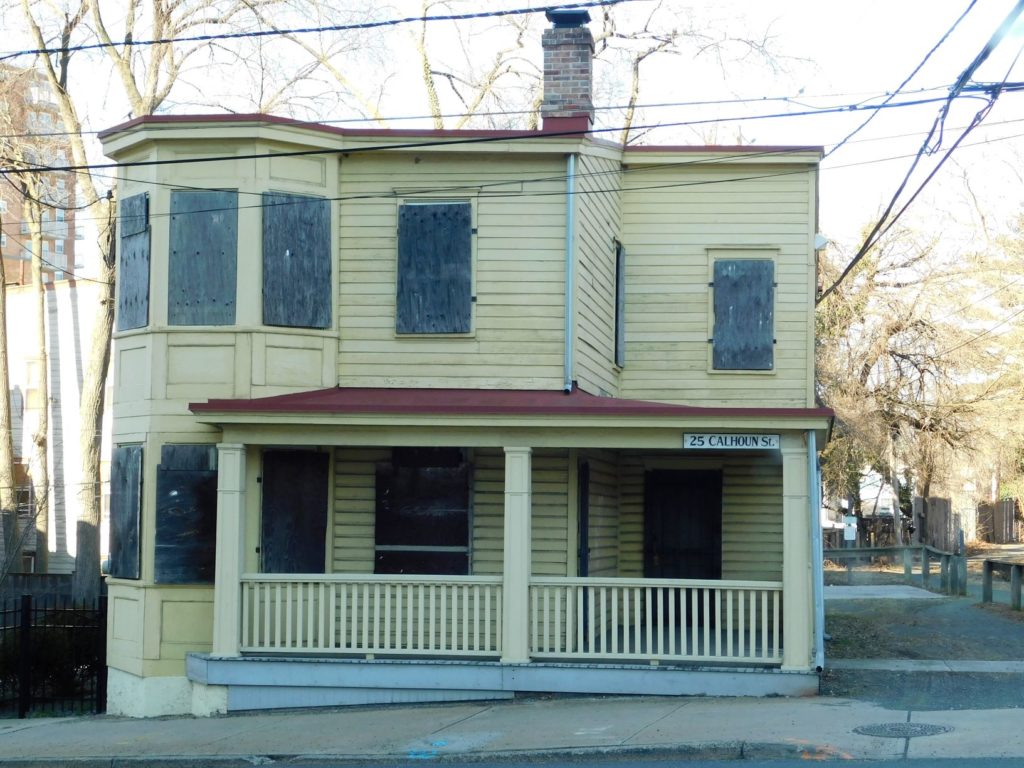
Calhoun Street Bridgetender’s House. Source: TCM
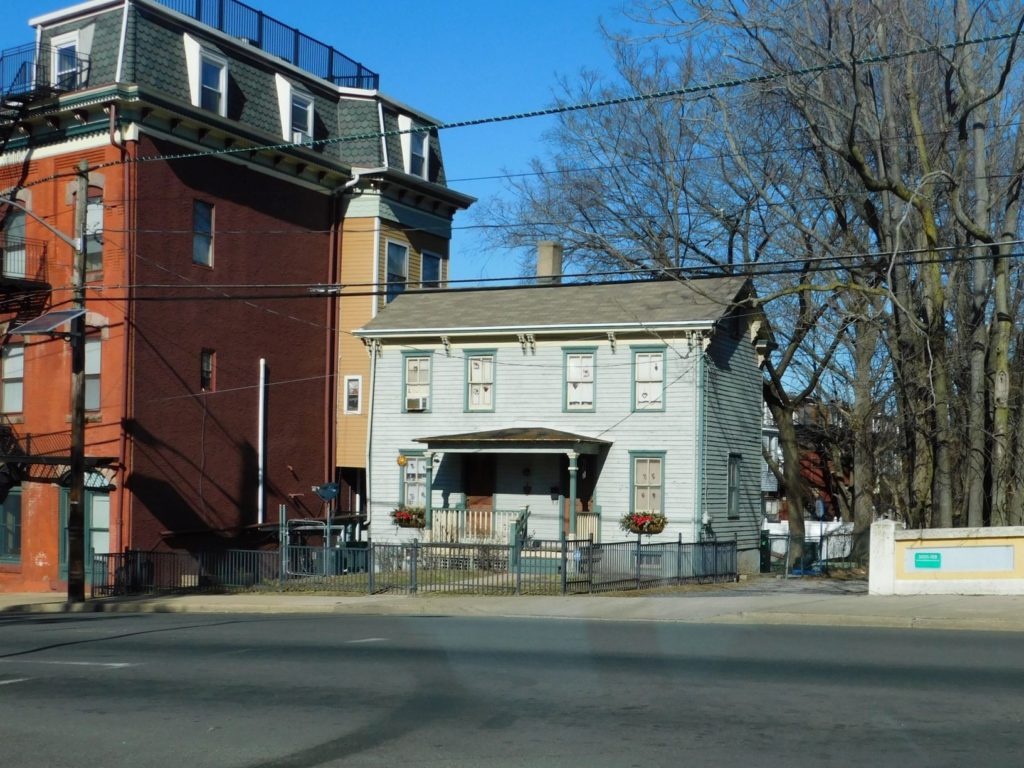
Lee Union-Alls : Union-Made in Trenton
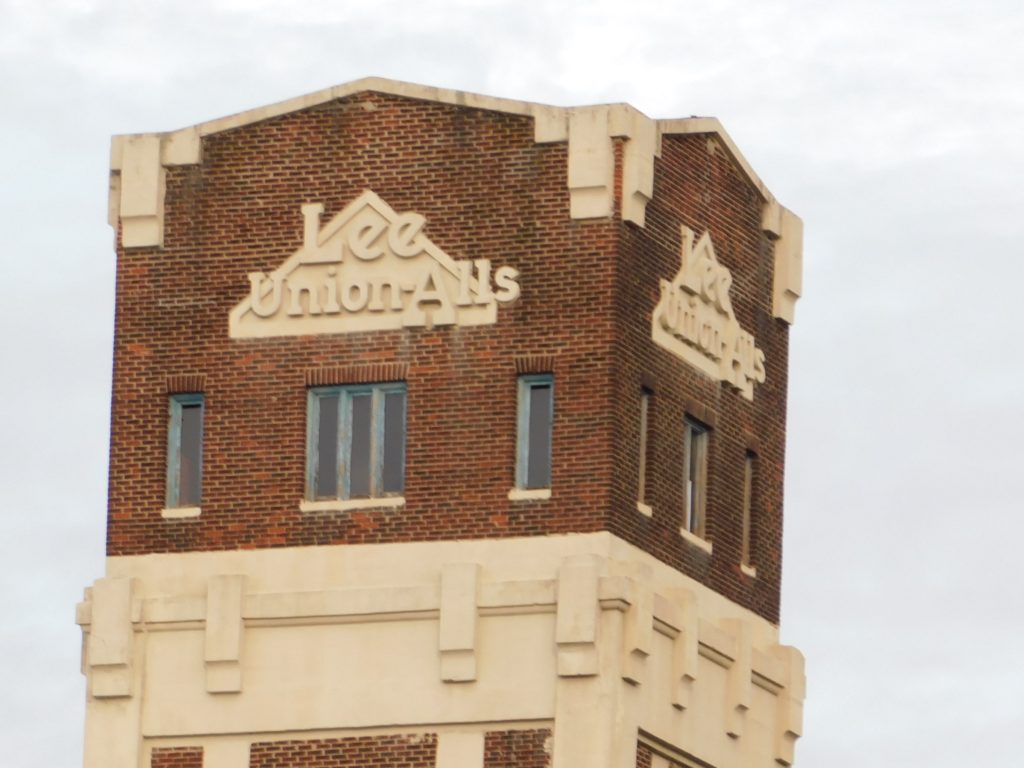
The H.D. Lee Mercantile company was founded in Salinas, Kansas, in 1889, but by the early twentieth century, it was focused on making clothes and had factories in several cities, including Trenton, New Jersey. Lee Union-Alls, a jumpsuit for mechanics and other blue-collar workers, were created in 1913 and became their signature product. The name touted the fact that they were union-made.
